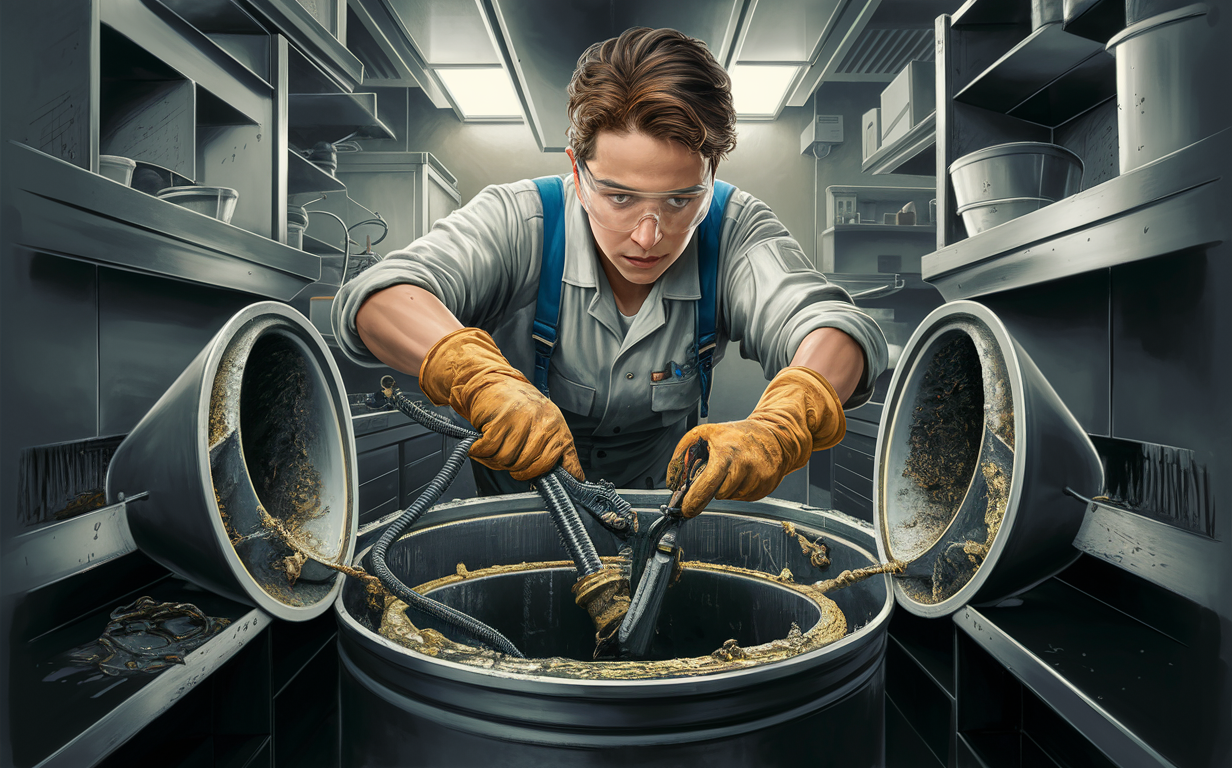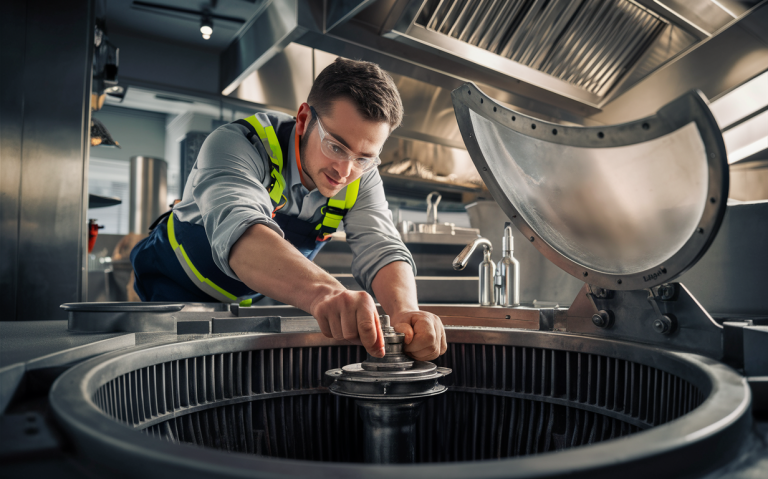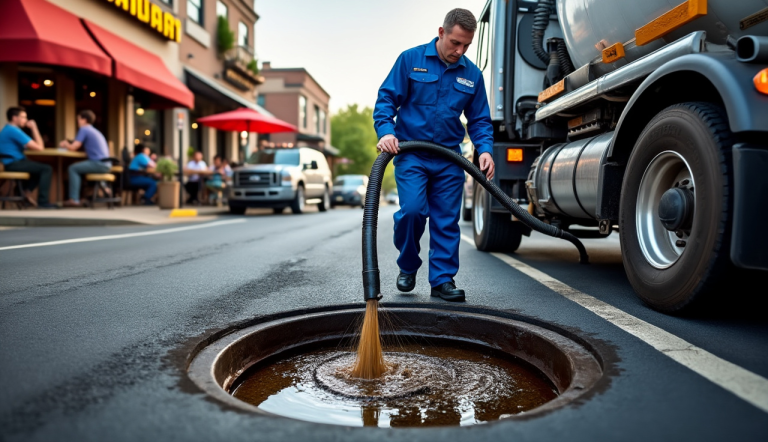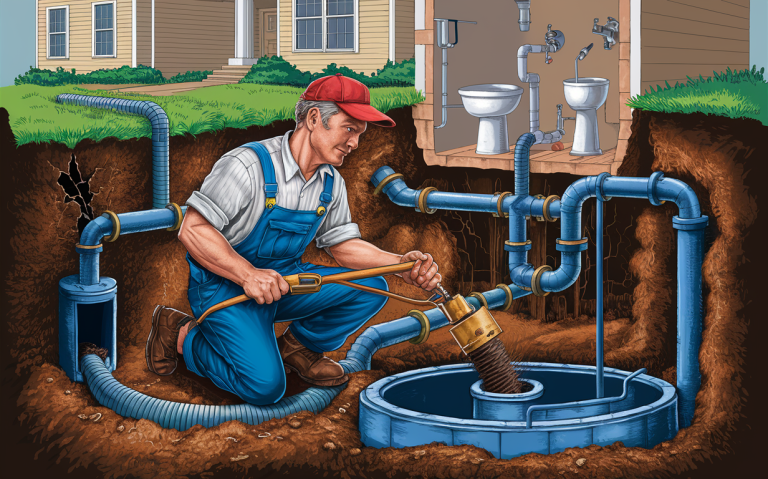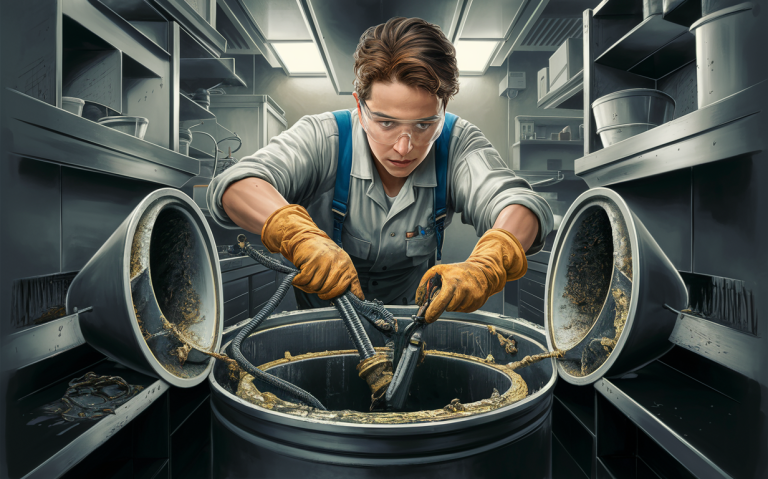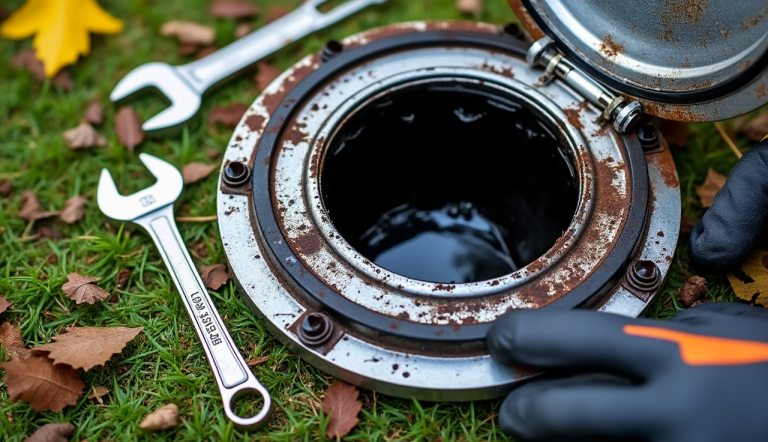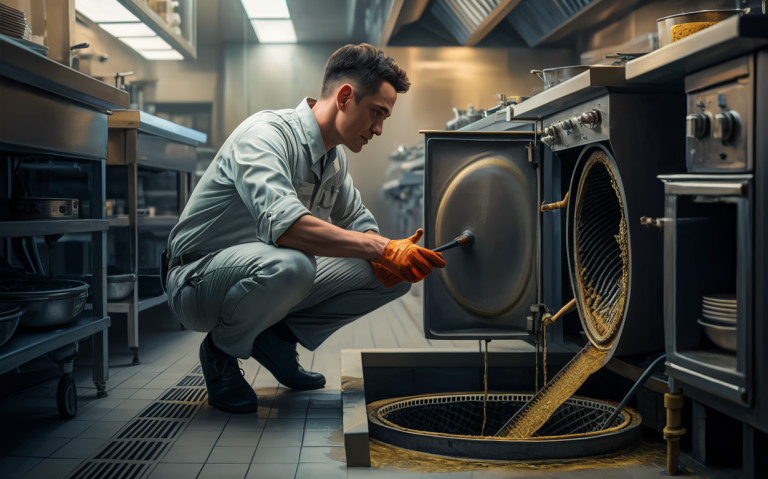5 Critical Signs Your Grease Trap Needs Pumping
If you’ve noticed unusual issues with your kitchen’s plumbing, it might be time to pump your grease trap. Regular maintenance of your grease trap is crucial to prevent costly repairs and maintain smooth operations in your kitchen.
Table of Contents
Key Takeaway
- Slow drainage indicates a clogged grease trap.
- Foul odors are a strong sign that your grease trap needs attention.
- Grease accumulation exceeding 25% of wastewater depth signals an urgent need for pumping.
- Unexplained grease spots around your facility are red flags.
- Long intervals since the last cleaning mean it’s time for a check-up.
Signs Your Grease Trap Needs Pumping Are Essential for Your Kitchen
Grease traps capture fat, oil, and grease (FOG) from wastewater before it enters your plumbing system. Without regular maintenance, these substances can solidify and cause major blockages. Proper grease trap management ensures that your plumbing remains efficient and reduces the risk of unexpected shutdowns.
1. Slow Drainage: The First Red Flag
One of the earliest signs that your grease trap needs pumping is slow drainage. When grease accumulates in the trap, it restricts water flow, causing drains to back up. This can be particularly noticeable in commercial kitchens where water usage is high. If you’re frequently dealing with slow drains, it’s a clear sign that your grease trap is overdue for a pump-out.
2. Foul Odors: A Nuisance and a Warning
Foul odors emanating from your drains or around your kitchen are more than an inconvenience—they’re a warning. Full grease traps can result in the release of unpleasant smells as the trapped FOG begins to decompose. If you notice persistent bad smells, it’s a strong indicator that your grease trap needs immediate attention.
3. Grease Accumulation
Most regulations suggest that when the grease layer exceeds 25% of the total wastewater depth, it’s time to pump your grease trap. This threshold helps to ensure that the trap operates efficiently and prevents FOG from entering the main sewer line. Regular inspections can help you monitor grease levels and schedule pump-outs before problems escalate.
| Grease Accumulation Level | Action Required |
|---|---|
| 0-10% | No immediate action needed |
| 10-25% | Monitor closely |
| 25%+ | Pump immediately |
4. Unexplained Grease Spots: Signs Your Grease Trap Needs Pumping
An image showing a dirty kitchen grease trap with visible grease buildup, slow drainage issues, and foul backup, indicating the need for pumping and cleaning. Spots: Clues You Can’t Ignore
Finding grease in unexpected areas of your kitchen, such as around sinks, floors, or walls, is a clear sign that your grease trap is not functioning properly. These spots can indicate that grease is bypassing the trap or that the trap is overflowing. Immediate pumping and a thorough inspection are needed to address this issue.
5. Long intervals since the last cleaning
A good rule of thumb is to schedule grease trap cleaning every 1-3 months, depending on the volume of your kitchen’s operations. If you can’t remember the last time your grease trap was serviced, it’s likely overdue. Regular maintenance schedules prevent severe build-ups and keep your kitchen running smoothly.
Importance of Regular Inspections
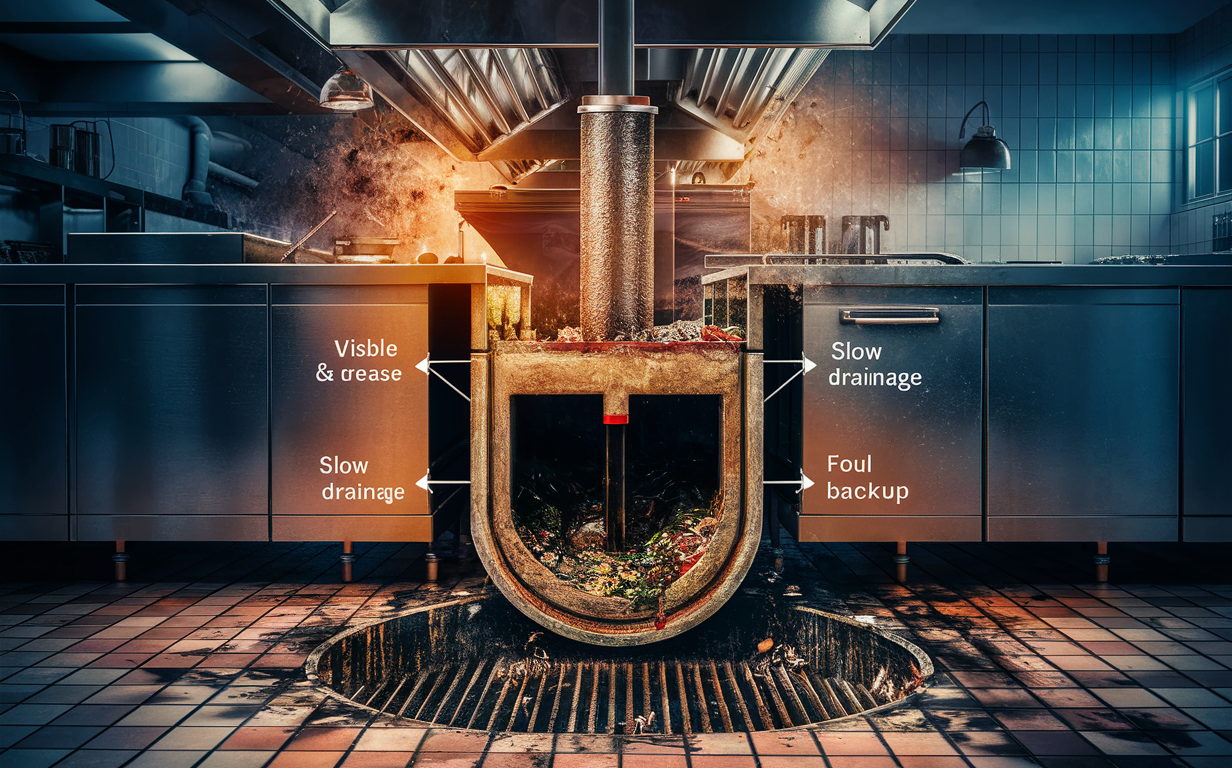
Regular inspections are key to maintaining your grease trap. An inspection can identify potential issues before they become significant problems, saving you time and money. During an inspection, professionals check the grease levels, assess the condition of the trap, and recommend the appropriate cleaning frequency.
Professional Maintenance Services
Hiring a professional service to handle your grease trap maintenance ensures that the job is done correctly and efficiently. Professionals have the right equipment and expertise to clean and inspect your grease trap thoroughly. They can also provide documentation of maintenance, which might be required for health inspections.
DIY vs. Professional Services: A Comparison
| Aspect | DIY Maintenance | Professional Service |
|---|---|---|
| Cost | Lower initial cost | Higher initial cost |
| Effectiveness | May miss critical areas | Thorough and reliable |
| Equipment | Basic tools | Specialized equipment |
| Frequency | Inconsistent | Regularly scheduled |
| Compliance | May not meet local regulations | Fully compliant |
The Role of Grease Trap Additives
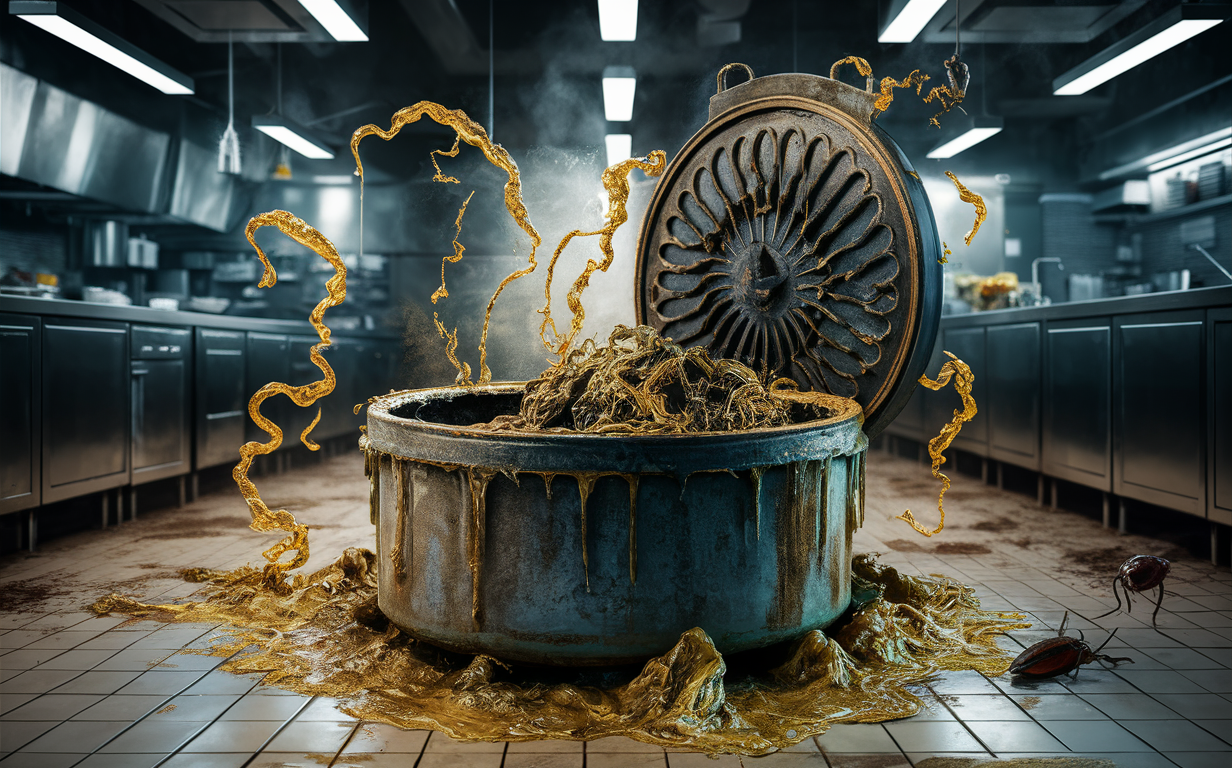
Some businesses use grease trap additives to break down FOG and reduce build-up. While these additives can be beneficial, they are not a substitute for regular pumping. Over-reliance on additives can lead to unseen blockages and more significant issues in the future.
Health and Safety Considerations
Maintaining a clean grease trap is not just about preventing blockages; it’s also about health and safety. Overflowing grease traps can create unsanitary conditions that attract pests and pose health risks. Regular cleaning prevents these hazards and ensures a safe working environment.
Environmental Impact of Neglected Grease Traps
Neglected grease traps can have a severe environmental impact. When FOG enters the sewer system, it can cause blockages that lead to sewage overflows. These overflows can contaminate local waterways, harming wildlife and ecosystems. Regular maintenance of Signs Your Grease Trap Needs Pumping helps protect the environment by keeping FOG out of the sewer system.
The Cost of Ignoring Signs Your Grease Trap Needs Pumping Maintenance
Ignoring grease trap maintenance can lead to costly repairs and even fines from health and environmental agencies. Blocked pipes, foul odors, and health hazards can disrupt your business operations and damage your reputation. Investing in regular grease trap maintenance saves money and protects your business in the long run.
Grease Trap Maintenance Checklist
To keep your grease trap in top condition, follow this maintenance checklist:
- Monitor grease levels monthly.
- Schedule regular cleaning every 1-3 months.
- Inspect the trap for damage or wear.
- Keep records of all maintenance activities.
- Use additives as a supplementary measure.
- Educate staff on proper grease disposal methods.
Understanding the facts behind these myths helps in maintaining an efficient and compliant kitchen operation.
Key Metrics to Track for Grease Trap Maintenance
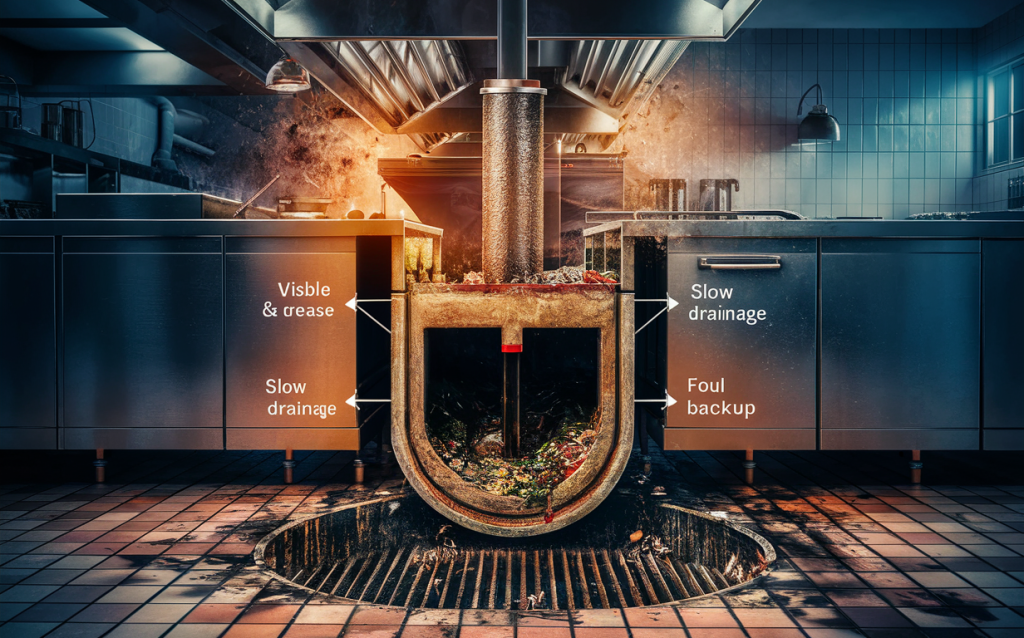
Tracking key metrics helps in maintaining your grease trap more effectively. Important metrics include:
- Frequency of cleaning: How often the trap is pumped?
- Volume of grease: Amount of grease removed during each cleaning.
- Inspection results: Findings from regular inspections.
- Maintenance costs: Expenses related to grease trap maintenance.
Keeping track of these metrics ensures that your grease trap is well-maintained and compliant with regulations.
The Future of Grease Trap Technology
Advances in technology are making grease trap maintenance easier and more efficient. Innovations include smart grease traps that monitor grease levels in real time and alert you when it’s time for cleaning. These systems help prevent overflows and reduce manual inspection efforts.
Conclusion
Regular maintenance of your grease trap is essential for a smoothly running kitchen. By recognizing the signs that your grease trap needs pumping, you can prevent costly repairs, maintain a sanitary environment, and protect the environment. Stay vigilant and prioritize grease trap maintenance to ensure your kitchen operates efficiently and safely.
Remember, if you ever need professional assistance, United Sewer & Septic is here to help with expert services tailored to your needs. Contact us today to schedule your grease trap maintenance.

